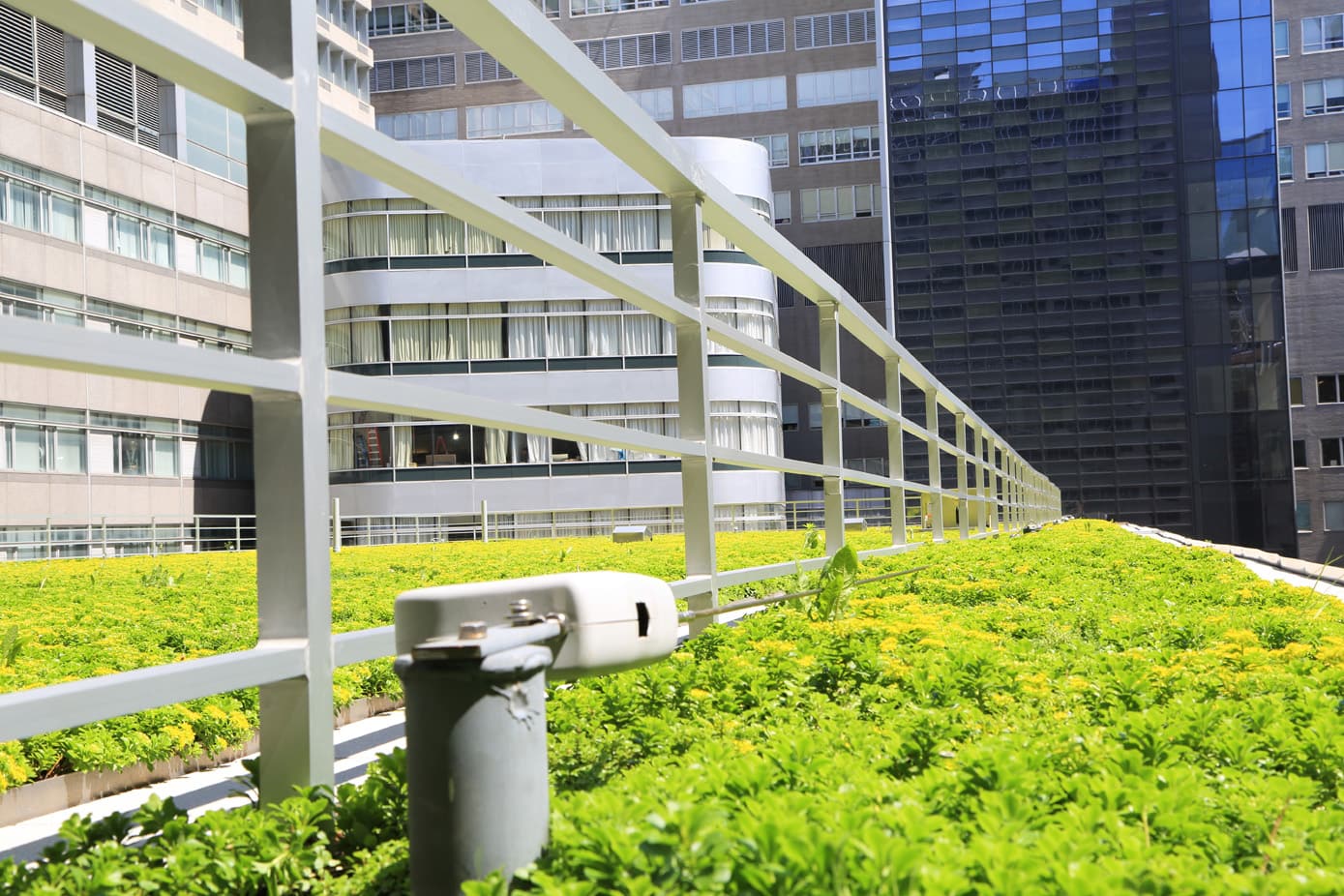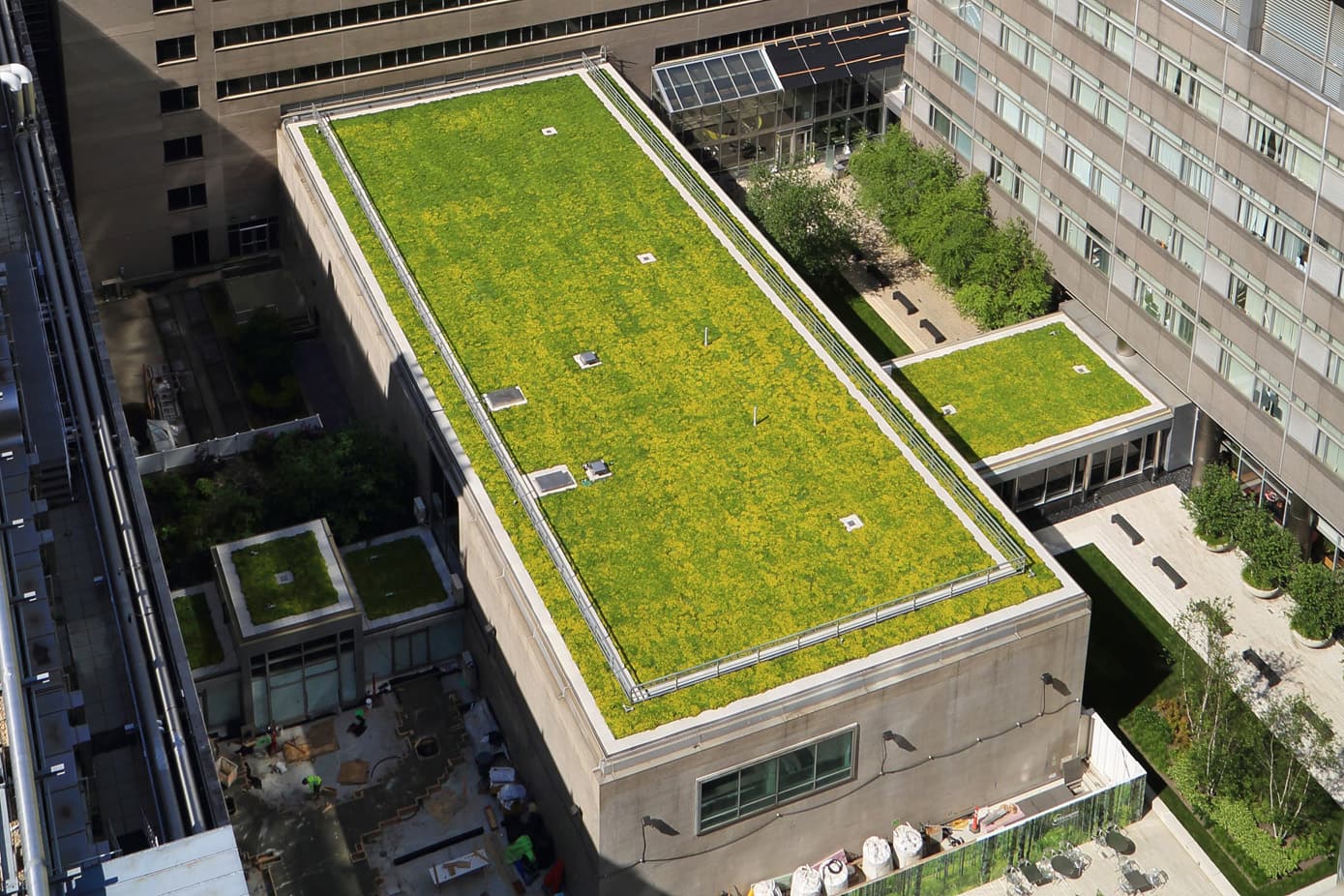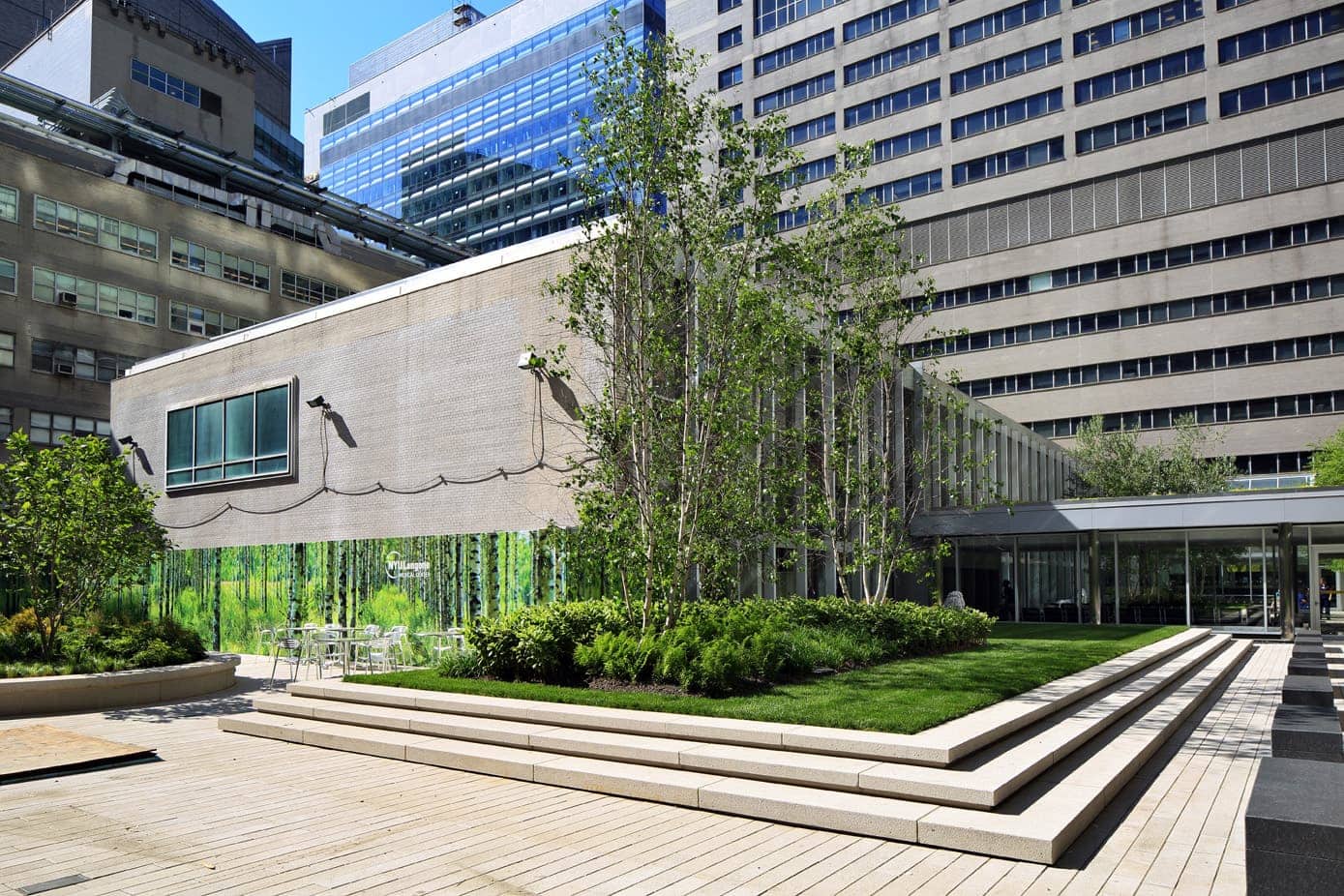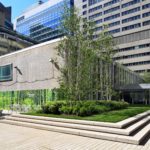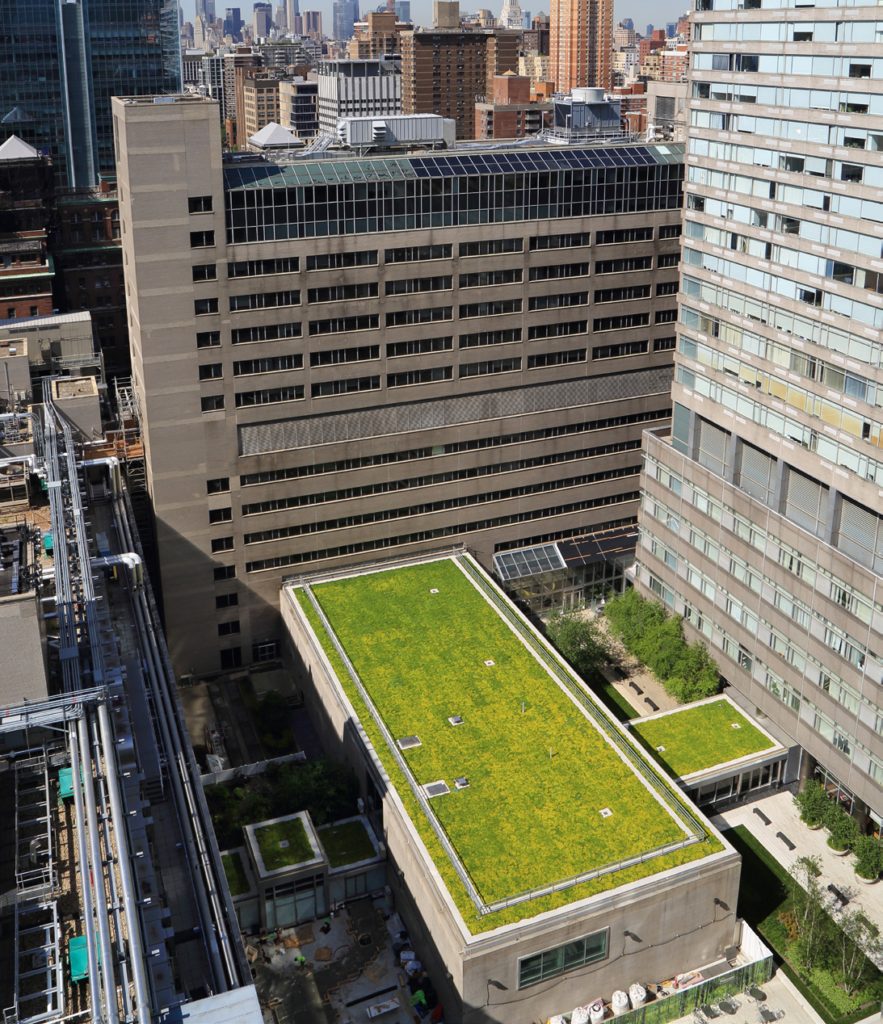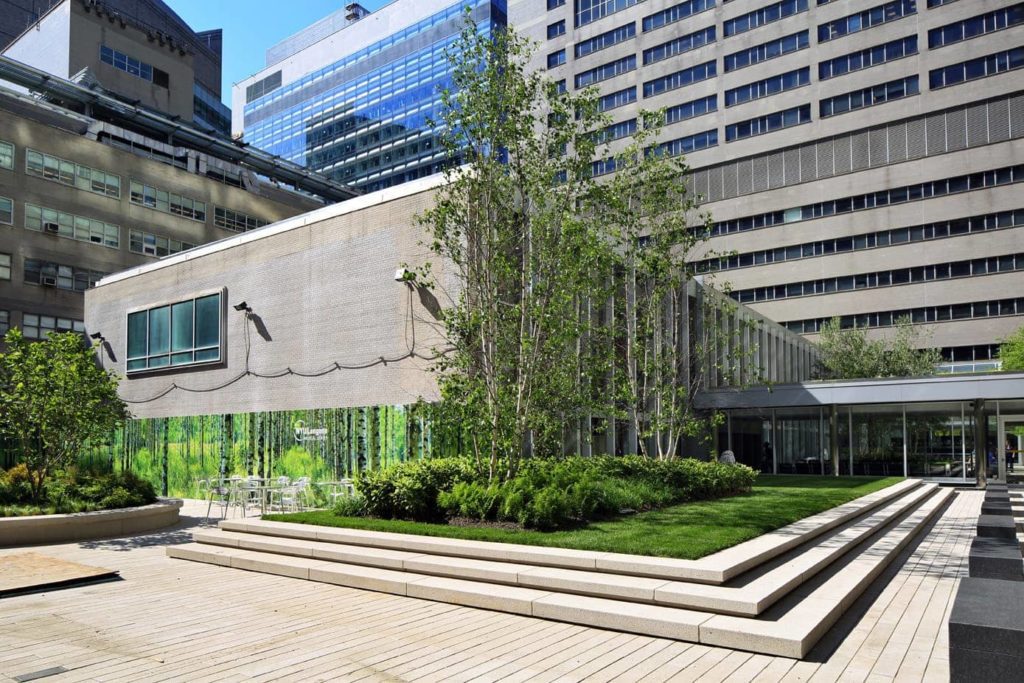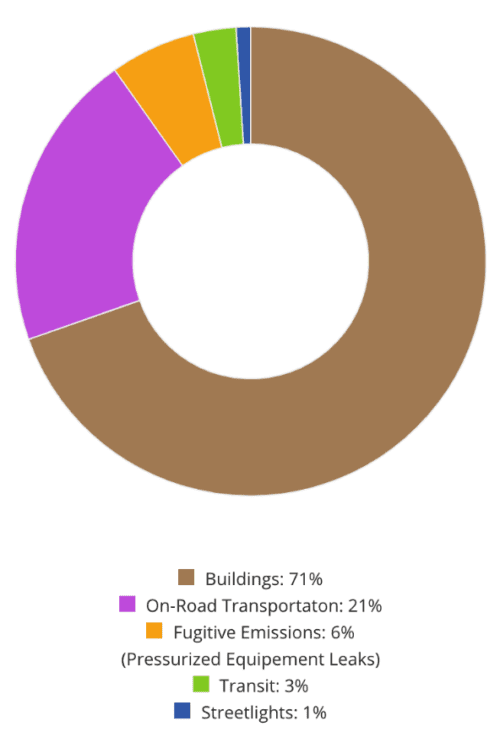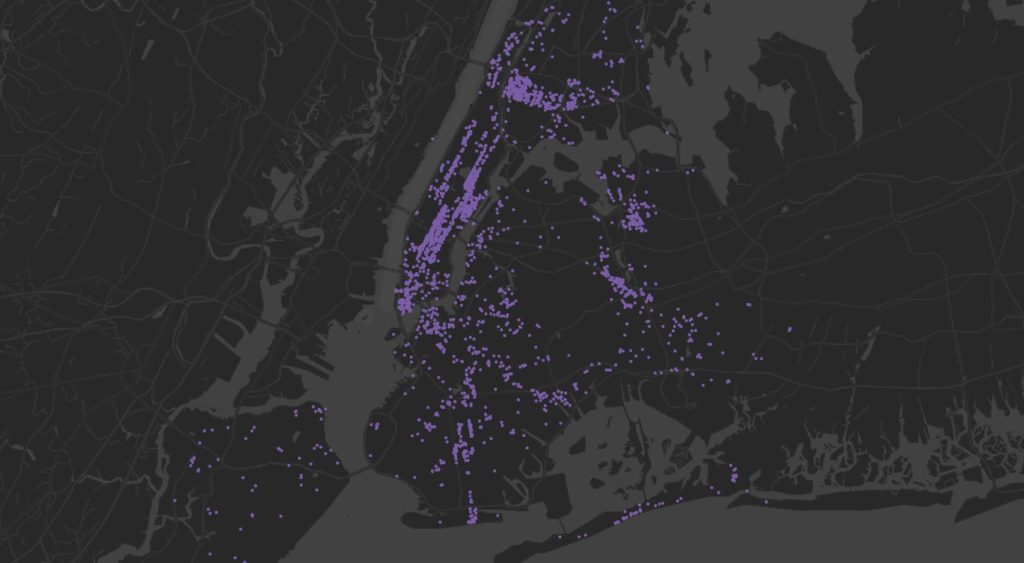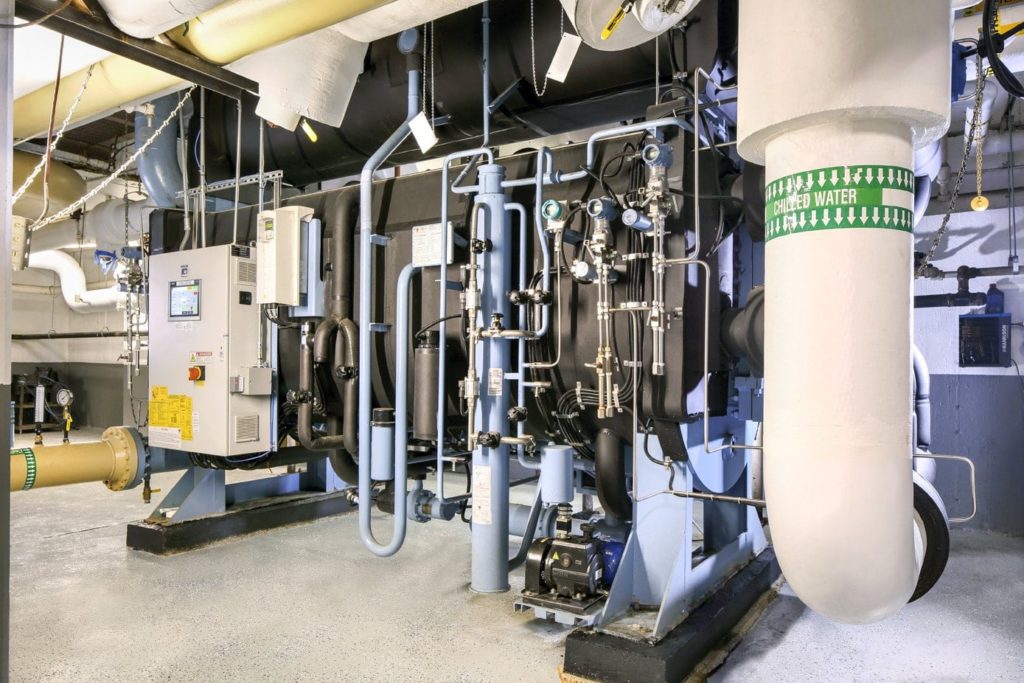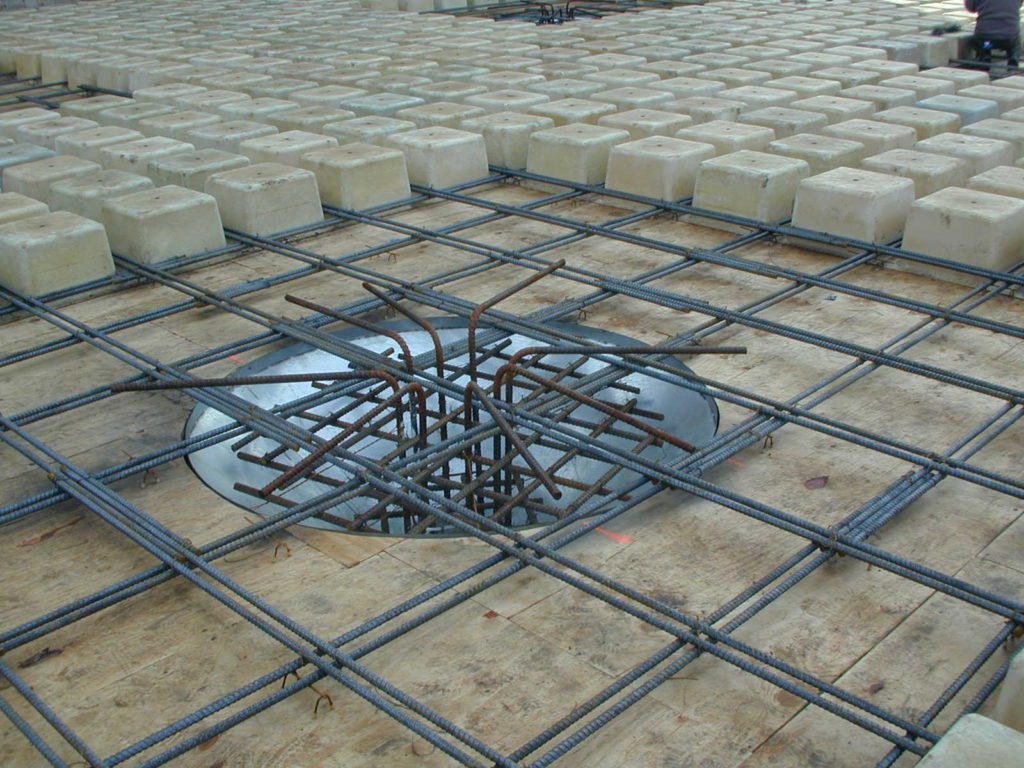Overview
The term “green roof” refers to a building roof that is partially covered with vegetation and a growing medium, planted over a waterproofing membrane. Also referred to as vegetative roofs, these roofs often include additional layers such as a retention layer, root barrier, and irrigation system.
Green roofs effectively utilize the natural functions of plants and soil to detain water that would otherwise strain the city’s sewer systems, while simultaneously acting as a natural filter for air and rainwater in urban landscapes. The many specific benefits of green roofs include alleviating floods, mitigating combined sewer overflows, improving air quality, reducing urban noise levels, and creating a habitat for wildlife. Studies have also shown that a green roof’s vegetation decreases the surface temperature of roofs and shields waterproofing membranes from direct solar exposure. As a result, the urban heat island effect is diminished, buildings’ energy demands may be decreased, and the lifespan of roof waterproofing may be prolonged. With these benefits, it is easy to understand the excitement around green roofs! Adding a Green Roof to your building can also qualify for special Green Infrastructure Grants from the DOB which is determined by the green roof area (GRA) and soil depth on your building.
Often, an existing building’s roof structure is capable of supporting a green roof without modifications. Nevertheless, you must hire a Professional Engineer or Registered Architect such as HLZAE to perform a structural analysis and confirm this.
HLZAE provides expertise in any stage of your project, from design until execution. If you are considering adding a green roof to your building, let us help you!
Milrose Services
Forensic Project Map
This map illustrates the extensive experience of our team, highlighting the numerous forensic projects we've undertaken across New York City. To maintain the confidentiality and sensitivity of the work, specific project addresses have been omitted.
Related News
Ready to get Started?
